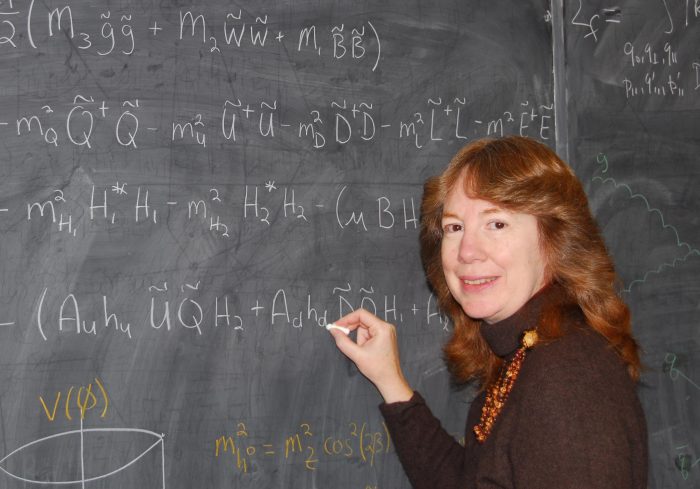A year ago, Devon Toney was among the countless ranks of Long Island’s homeless.
After serving out a 17-year prison sentence, Toney spent years moving from place to place, his nights often spent at bus and train stations. Unable to cohabitate with others due to years of trauma inflicted early on in life and prison, he turned away from the shelter system. [See earlier Toney story, “Homelessness: A national disgrace and a thorny issue.”]
During his prolonged period of homelessness, Toney characterized himself as “very undesirable to everybody,” his frustrations externalized in fits of rage. Now this cycle has been broken and, for once, he said he has found stability.
Thanks to the assistance of various community organizations, Toney has recently entered a stable housing arrangement, having recently joined the Rapid Re-Housing Program operated by Family Service League, which provides financial and housing assistance enabling access to private rental units.‘Stability just makes me a different person, a more desirable person.’
— Devon Toney
Along with the Long Island Coalition for the Homeless, which had referred him to the program, Toney’s transition was also facilitated by the Council of Thought and Action, Heartsong and the Angels of Long Island organizations, among others.
Debbie Loesch, founder of the Patchogue-based nonprofit, Angels of Long Island, was instrumental in assisting Toney during his transition from homelessness, offering him per diem employment and watching out for him as he slowly got back on his feet.
“Life dealt him a couple of curveballs, but he has overcome them,” she said. “I’m very proud at how he’s turned his life around.”
Housed, he spends much of his time reading and in study. With stability, he now channels his energies into various civic aims to lift others out of homelessness.
Since entering stable living conditions, Toney described his day-to-day existence as “night and day.” “Stability just makes me a different person, a more desirable person,” he said. “I’m a lot happier.”
Despite the recent turn in Toney’s story, homelessness remains a painful reality for many other Long Islanders. For many, escape from the scourge of homelessness has become an even more significant challenge.
“It is becoming increasingly difficult for people to get out of homelessness for a number of reasons,” Mike Giuffrida, executive director of the Long Island Coalition for the Homeless, said in an interview. “The housing market has become more expensive than ever, and there’s less availability of rental units.”
Further exacerbating the lack of housing, Giuffrida added that a greater proportion of Long Island’s homeless population is turning away from the shelter system.
“More people are experiencing homelessness on the street as opposed to temporarily entering shelter situations as a result of the current shelter structures not aligning with the needs and preferences of people experiencing housing instability,” he said.
As inflation and prices continue to mount, compounded by a lack of affordable housing, the region’s homeless face even more challenges.
Possible reforms
To deal with the growing problems tied to homelessness, Giuffrida recommended policymakers consider transformational reforms to the existing shelter system.
“If the current shelter structures are not reimagined, we should expect to see more people living on the street as opposed to in shelter,” he said.
Some manageable steps toward avoiding a spike in homelessness, Giuffrida suggested, could be eliminating burdensome shelter payment standards, reforming congregate shelter arrangements and offering non-U.S. citizens year-round access.‘It’s very often that people who are most directly impacted by homelessness have the best ideas about how to solve homelessness.’
— Mike Giuffrida
Giuffrida also recommended reimagining the mass transit network on Long Island, describing the existing infrastructure as “inadequate.”
“Transportation is a major barrier for people at risk of homelessness, experiencing homelessness or recently housed,” the executive director said.
Along with matters of policy, Giuffrida maintained that public awareness of homelessness offers a necessary first step toward alleviating the conditions of Long Island’s homelessness while moving them off the streets.
“People who have never experienced homelessness have the most to learn about homelessness,” he said. “It’s very often that people who are most directly impacted by homelessness have the best ideas about how to solve homelessness and are more aware of people’s needs.”
Toney’s triumph
Since Loesch first met Toney, she has observed in him a tendency to give back to others. She also noted his desire to stay informed on policy trends, attend legislative meetings and speak up for those similarly afflicted by homelessness.
“He’s always reached out to help somebody else,” she said. “He’s always willing to help somebody.”
Loesch added that others could learn from Toney’s example, particularly his perseverance. She noted that he distinguished himself in seeking knowledge and information to facilitate his upward trajectory.‘We’re trying to save people from drowning, but we’re not going down the river to find out why they’re falling in.’
— Debbie Loesch
“He did his own research about how to obtain housing and what was available to him, and then he stayed on it,” she said.
The nonprofit founder reminded policymakers and community members to remember to humanize the homelessness problem, approaching this through a human and problem-solving angle.
“We’re trying to save people from drowning, but we’re not going down the river to find out why they’re falling in,” she said. “We help people all over the world, but we don’t help our own people. There’s no reason that so many people should be homeless.”
Giuffrida emphasized that Toney is just one of countless other Long Islanders and Americans experiencing a similar lot. For communities and societies to begin to address the problem effectively, he maintained that all of those afflicted by homelessness must have a voice.
“We need to hear from all of the Devons,” he said.
Toney said the next stage in his journey is to acquire reliable transportation. He remains open to finding employment, saying that his experiences may uniquely qualify him for the nonprofit sector or related philanthropic enterprises.
“I know what it’s like not to have clothes, to be homeless and to go without food,” he said. “Helping individuals obtain food, clothing, housing and information … I would love that.”





























